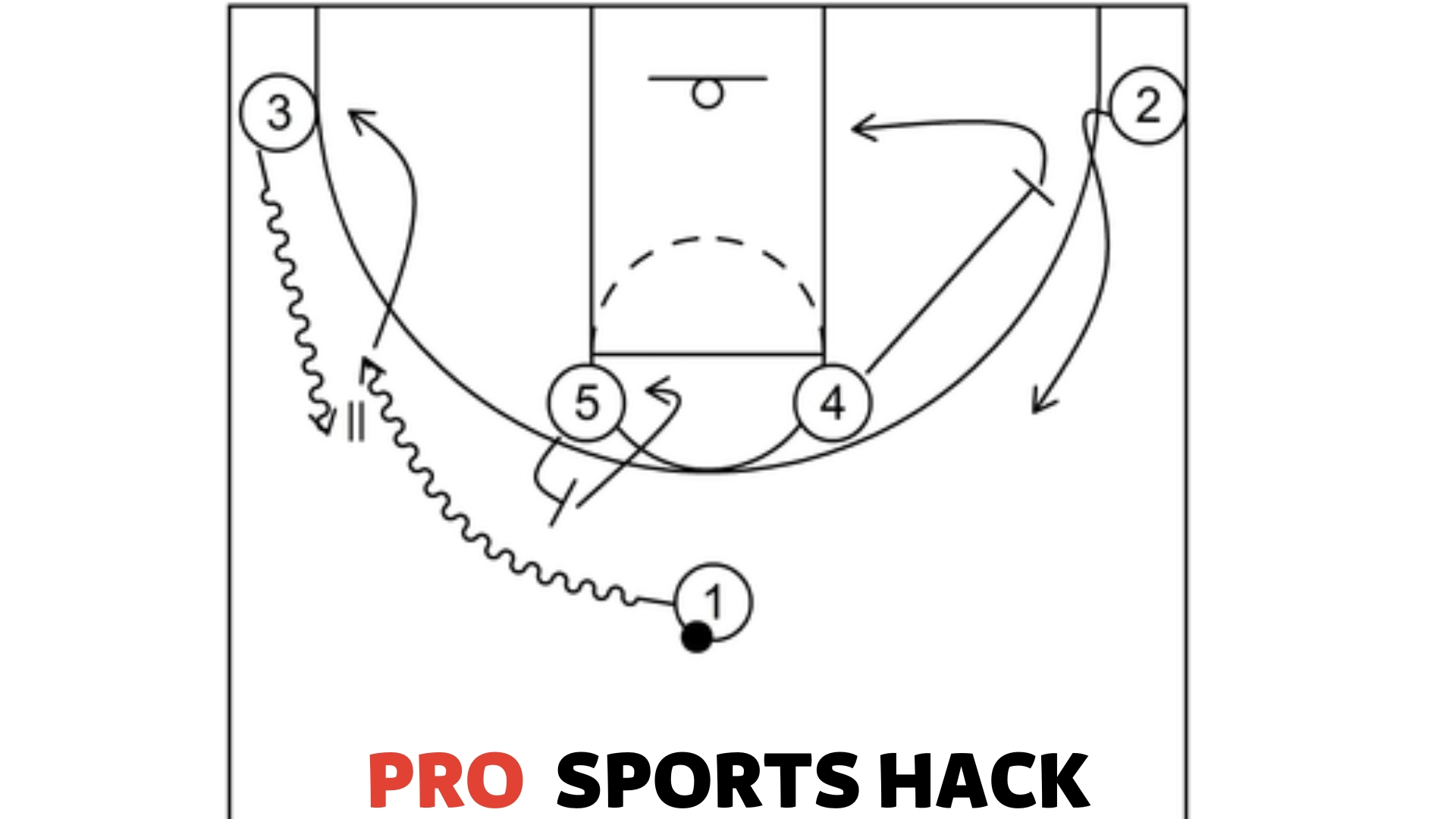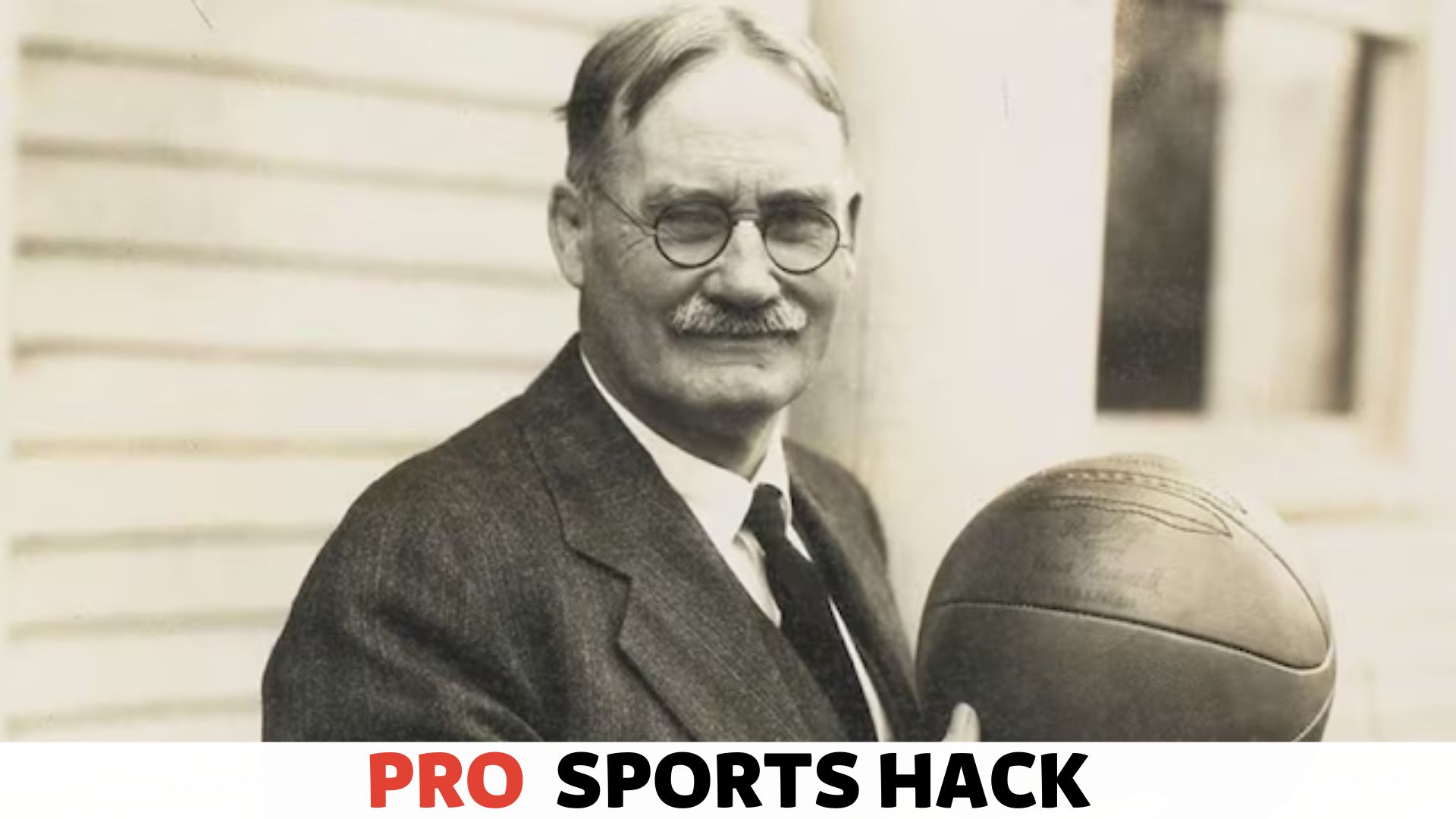
Playmaking in basketball involves creating scoring opportunities for teammates through skilled passing and strategic decision-making.
It is a crucial game aspect, allowing players to facilitate team offense and exploit defensive weaknesses.
Good playmakers possess strong court vision, anticipation, and the ability to read and react to the game’s flow. They are adept at setting up their teammates for easy baskets by delivering accurate passes and recognizing advantageous situations.
Effective playmaking can greatly enhance a team’s offensive efficiency, leading to higher scoring outputs and increased chances of winning.
We will explore the various skills and qualities that make a great playmaker in basketball.
Role of a Playmaker
As basketball continues to evolve, the role of a playmaker holds increasing significance on the court.
A playmaker is a player who not only ensures smooth ball movement but also possesses the vision, passing ability, and basketball IQ necessary to direct the offense effectively.
Their impact goes beyond scoring as they act as the engine that drives the team’s performance.
Attributes of a Playmaker
A playmaker is characterized by unique attributes that set them apart on the court.
They possess exceptional vision, passing ability, and a high basketball IQ, contributing significantly to the team’s success.
Vision on the Court
The playmaker’s vision on the court sets them apart – the ability to anticipate plays, see openings, and make split-second decisions allows them to orchestrate the offense seamlessly.
Passing Ability
Playmakers are known for their exceptional passing ability, executing precise and creative passes to set up scoring opportunities for their teammates, creating a dynamic offense.
Basketball Iq
A high basketball IQ is a hallmark of a playmaker, enabling them to read and react to the game swiftly, make smart decisions, and exploit the opposition’s weaknesses, elevating the team’s performance.
Importance of Playmaking in Team Performance
Playmaking in basketball is an essential component of a team’s success on the court. It involves the ability of a player to create scoring opportunities for teammates, facilitate smooth ball movement, and impact team dynamics.
Understanding the importance of playmaking in team performance is crucial for any basketball enthusiast or player looking to elevate their understanding of the game.
Facilitating Scoring Opportunities
Playmaking is crucial in creating scoring opportunities for the team. A skillful playmaker has the vision and awareness to identify open teammates and deliver precise passes, setting them up for high-percentage scoring chances.
By effectively distributing the ball, playmakers contribute significantly to a team’s offensive efficiency, ultimately leading to more points on the scoreboard.
Creating Space and Movement
Playmaking involves creating space and movement on the court for the team’s advantage. A skilled playmaker can draw defensive attention, opening up lanes for teammates to drive to the basket or find open spots for perimeter shots.
This leads to increased scoring opportunities, keeps the defense off-balance, and creates a fluid offensive rhythm for the team.
Impact on Team Dynamics
Playmaking directly impacts team dynamics and cohesion. A team with a proficient playmaker often exhibits a more cohesive and synchronized playing style.
The ability of a playmaker to involve all teammates in the offense fosters a sense of teamwork and unity, leading to a more harmonious and effective team performance on the court.
Evolution of Playmaking in Modern Basketball
Playmaking in modern basketball has become a crucial aspect of the game. It involves a player’s ability to create opportunities for their teammates, showcasing their skills in passing, vision, and decision-making on the court.
Influence of Positionless Basketball
The rise of positionless basketball has marked the evolution of playmaking in modern basketball. In traditional basketball, players were confined to specific positions on the court, with point guards primarily responsible for playmaking.
However, in recent years, there has been a shift towards positionless basketball, where players have a broader skill set and can fluidly transition between different positions.
This has opened up new opportunities for playmaking on the court, as traditional roles no longer limit players.
One of the key influences of positionless basketball on playmaking has been the emphasis on versatility.
As players become more adept at playing multiple positions, they gain a deeper understanding of the game and can make plays from various perspectives.
This flexibility allows for greater creativity and adaptability on the court, as players can take advantage of mismatches and exploit defensive weaknesses.
Integration of Analytics and Strategy
Another significant factor in the evolution of playmaking in modern basketball is the integration of analytics and strategy.
With the advent of advanced statistics and data analysis, teams are now able to uncover insights and trends that were previously unseen.
This wealth of information has revolutionized how playmakers approach the game, as they can now make more informed decisions based on data-driven strategies.
By studying metrics such as player efficiency, shooting percentages, and defensive ratings, playmakers can identify areas where they can impact the game most.
This can range from exploiting defensive vulnerabilities to finding open teammates for high-percentage shots.
The integration of analytics and strategy has enabled playmakers to become more tactical and deliberate in their decision-making, resulting in a more efficient and effective style of play.
Examples From NBA and International Play
The evolution of playmaking in modern basketball can be seen through various examples from the NBA and international play. One prominent example is seen in the NBA with players like LeBron James and Giannis Antetokounmpo.
Both players possess exceptional athleticism and basketball IQ, allowing them to play multiple positions and create opportunities for their teammates.
Their ability to score, rebound, and distribute the ball exemplifies the versatility that positionless basketball has brought to playmaking.
Players like Luka Dončić from Slovenia and Ricky Rubio from Spain have showcased outstanding playmaking skills on the international stage.
Their ability to read the game and make timely passes has elevated their performances and made their teams more formidable.
These international stars have embraced the principles of positionless basketball, and their success serves as inspiration for aspiring playmakers around the world.
In conclusion, the evolution of playmaking in modern basketball can be attributed to the influences of positionless basketball and the integration of analytics and strategy.
The shift towards versatility and the use of data-driven decision-making have brought forth a new era of playmaking, with players able to impact the game in multiple ways.
The examples from the NBA and international play highlight the success that can be achieved through this evolution, inspiring future playmakers to embrace the changing nature of the sport.
Developing Playmaking Skills
Developing playmaking skills is crucial for basketball players looking to take their game to the next level.
Playmaking involves creating opportunities for teammates by making accurate and well-timed passes, having excellent court vision to see openings, demonstrating mental preparation and decision-making skills, and being adaptable and creative in different game situations.
In this section, we will explore various practice techniques, passing drills, court vision exercises, and mental preparation strategies that can help enhance playmaking abilities on the basketball court.
Practice Techniques
Mastering playmaking skills requires consistent practice and honing of fundamental basketball abilities. Here are some practice techniques that can help improve playmaking:
- Engage in regular dribbling exercises to improve ball control and handling.
- Work on various passing techniques, such as chest, bounce, and overhead passes, to become proficient in each.
- Improve agility and footwork through speed and agility drills to maneuver around defenders effectively.
- Participate in game-like scenarios during practice sessions to simulate real basketball situations and enhance decision-making skills in high-pressure situations.
Passing Drills
Passing is a vital aspect of playmaking. Here are a few passing drills that players can incorporate into their training routine:
- Triangle Passing Drill: Set up three cones or markers in a triangular shape on the court. Have players pass the ball rapidly between the markers, emphasizing accuracy and quick decision-making.
- Partner Passing Drill: Pair up players and have them practice various passes while maintaining proper technique and precision.
- Outlet Passing Drill: Set up two lines of players, one at the baseline and one at the free-throw line. The player at the baseline starts with the ball and passes it quickly to the player at the free-throw line, who then passes it back. This drill encourages fast and accurate passing.
Court Vision Exercises
Developing excellent court vision enables playmakers to see potential openings and make well-informed decisions on the court. Here are a few exercises to enhance court vision:
- Scan the Court: During practice drills and scrimmage sessions, consciously scan the entire court instead of focusing solely on the immediate action. This helps develop a better understanding of player positioning and potential passing opportunities.
- Peripheral Vision Training: Engage in peripheral vision exercises, such as using a tennis ball or focusing on a specific spot while peripherally noticing other objects in the surroundings. This enhances the ability to assess the court and make split-second passing decisions quickly.
Mental Preparation and Decision-Making
Playmaking also relies on mental preparation and effective decision-making. Here are a few strategies to enhance these aspects:
- Visualization Techniques: Before games or practice sessions, visualize various scenarios and make mental decisions on how to react in different situations. This helps develop quick decision-making skills.
- Game Analysis: Review game footage to analyze decision-making patterns and identify areas for improvement.
Adaptability and Creativity
Playmakers need to be adaptable and creative in different game situations to outwit defenders and create opportunities for their team. Here are a couple of ways to enhance adaptability and creativity:
- Improvised Passing Drills: Incorporate drills that encourage players to experiment with different types of passes in unpredictable situations. This helps develop adaptability and creativity in passing.
- Scrimmages with Constraints: Set specific constraints during scrimmage sessions, such as limiting dribbles or implementing unusual rules. These constraints force players to think creatively and adapt their playmaking strategies accordingly.
Conclusion
Playmaking in basketball is a crucial skill that involves creating opportunities and orchestrating the team’s offense. It requires a deep understanding of the game, excellent court vision, and the ability to make split-second decisions.
Players can elevate their team’s performance by mastering playmaking and creating scoring opportunities.
It is an art that requires practice, technique, and a passion for the game.
So, if you aspire to become a great basketball playmaker, keep honing your skills and never stop learning. Success awaits those who embrace the role of a playmaker on the court.




![Cat in the Chrysalis Spoiler: All You Need To Know [Updated] Cat in the Chrysalis Spoiler](https://prosportshack.com/wp-content/uploads/2024/02/Cat-in-the-Chrysalis-Spoiler-100x75.jpg)














